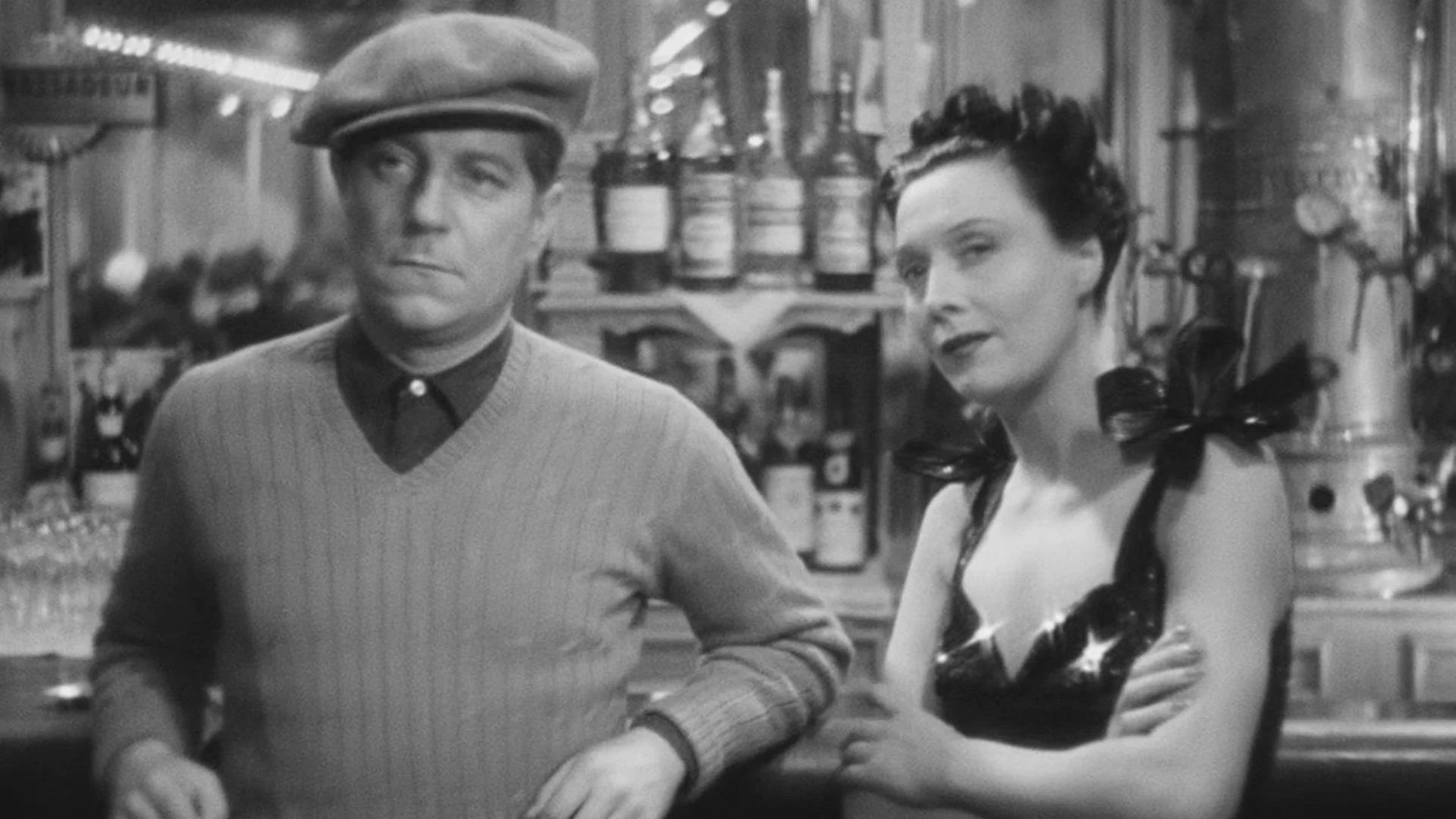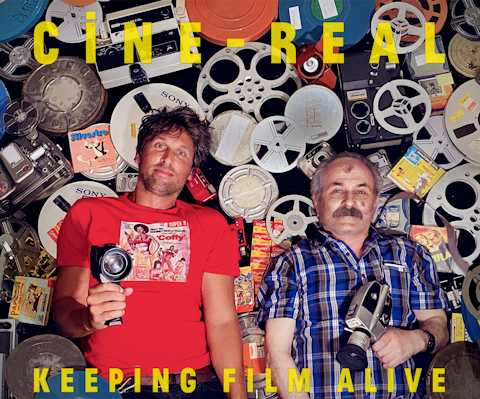LE JOUR SE LÈVE (DAYBREAK) (1939)
LE JOUR SE LÈVE (DAYBREAK) (1939)

One of the peaks of “poetic realism”, the 1930s film school known for its combination of leftwing attitudes, visual and verbal lyricism and a pessimistic view of lower-class characters snared by a cruel fate, Le jour se lève (Daybreak) qualifies as what the French call un film maudit, a movie with a curse upon it. It opened on the eve of the second world war, was banned during the occupation and remade in 1947 by RKO, who attempted to destroy all existing copies. In the 1950s the belligerent critics of Cahiers du cinéma, soon to be film-makers in the new wave, attempted to destroy the reputation of its director, Marcel Carné, accusing him of heavy-handedness and attributing all that is successful in Le jour se lève to his long-time collaborator, the poet Jacques Prévert.
Fortunately they failed, and now the films Carné made in the decade after he became a director in 1936 are considered key works of a golden age. Almost everything about Le jour se lève, now available in an immaculately restored version, seems the work of an assured master. France’s greatest movie actor, Jean Gabin, dominates the picture as a suburban foundry worker who in the opening minute kills his tormentor, a sadistic music-hall performer (Jules Berry), and then barricades himself in his seedy lodgings. Over the next night and day, as hostile police lay siege and sympathetic members of the public watch on, Gabin reviews his life in three extended flashbacks, most especially his relationships with a pretty flower girl (Jacqueline Laurent) and a cynical big-hearted demimondaine (Arletty), both victims of the suave, manipulative Berry.
The images of the great German cinematographer Curt Courant are beautifully lit and composed and the camera moves with graceful precision. Production designer Alexandre Trauner’s suburban streets, constructed entirely in a Paris studio, are works of great beauty, reminiscent of Eugène Atget’s architectural photography. The sonorous, near funereal music by Maurice Jaubert is understated, the visual symbolism never over-emphasised, Prévert’s dialogue has a witty, demotic lyricism, and the performances are beyond reproach. A lengthy accompanying documentary places it in its historic context as a film that no member of the nouvelle vague surpassed and few came near to matching.
